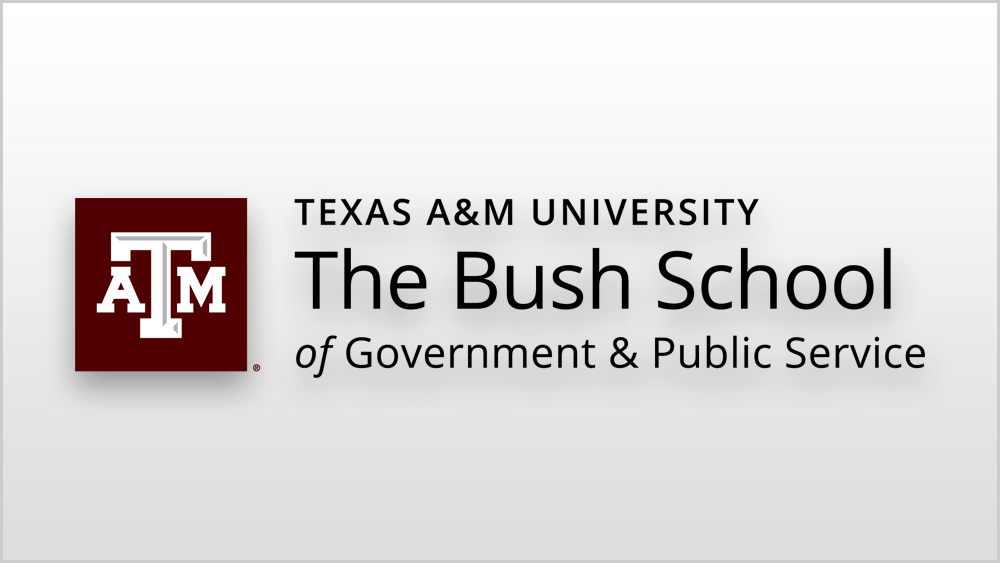
In the United States, we tend to take for granted our refrigerated produce and how it navigates its way from the field to a processing center to our kitchen tables, remaining cold the entire time. Halfway around the world in Uganda, this seemingly mundane process is not an assumed facet of everyday life.
Joel Taylor, a first-year student at the Bush School of Government and Public Service at Texas A&M University, spent a month of his winter holiday in Uganda studying the country’s cold chain system. The term cold chain refers to the temperature-controlled supply chain—in other words, how products that must be kept cold are moved from the fields to the shelves.
Taylor focused primarily on agricultural products in the cold chain and partnered with local Ugandans to improve cold chains, ensuring that produce retains its nutritional value throughout its journey to the supermarket. Foods can lose up to half of their nutritional value when exposed to high heat levels.
“People don’t realize that an apple that’s been sitting outside does not have the same nutritional value as one that’s been kept cold,” Taylor said.
Without proper refrigeration, produce can go bad in two to three days. While farmers in Uganda rely on shade to keep their product cool, it is not enough to prevent the reduction in nutritional value.
Taylor became interested in food security in Uganda during his sophomore year at Texas A&M. That year, he was assigned to a group to study sustainable development in Uganda through the Student Initiative for International Development, an organization that trains undergraduate students to create and implement development projects that will have a lasting impact on developing communities worldwide. Additionally, Taylor learned Swahili and studied abroad in Tanzania, which proved useful in bordering Uganda as well.
“Uganda specifically—it sparked an interest for me,” Taylor said. “It was something that just kind of hit my heart, and I started learning about some of the food security issues, and I started meeting people.”
After his sophomore year Taylor applied to the University of Edinburgh’s Swahili program, was accepted, and fell in love.
“I thought ‘I have to get back,’ and I got tired of sitting around, so I decided to make a project for research or work opportunities,” Taylor said.
After spending the previous spring interning at the Global Cold Chain Alliance (GCCA), a trade association that represents cold chain members around the globe, Taylor had the know-how to write a project proposal. He spent six months drafting his proposal, eventually pitching it to the GCCA, which decided to sponsor the project financially and technically. Taylor also partnered with the L.T. Jordan Institute on the Texas A&M campus.
During his internship, he was part of a team that performed a cold chain assessment in Uganda, but the team only looked at the capital Kampala and Entebbe, a major town in the middle of the country. Taylor saw a need for a more comprehensive understanding.
“A lot of people were interested in investing or partnering or getting involved with developing the cold chain, but all we had was that report,” Taylor said. “I wanted to go back and say that we have a comprehensive report on cold chain use across the country from representative districts.”
So that is exactly what he did. With his project now sponsored, Taylor enlisted the help of Texas A&M chemical engineering major Brandon Sissom and professional photographer Andrew Giles.
Over a month-long period, Taylor and his team traveled to nine districts throughout Uganda. While on the ground, they worked to identify local partners—ordinary Ugandan farmers and business owners who live there. They talked to 350 farmers, farming groups, and co-ops and had forty-eight official meetings in the thirty days they were there.
Uganda, like many countries in Africa, is a developing country with underdeveloped infrastructure, which makes development difficult. And there are cultural differences that can make assessing what Ugandans actually need difficult for outsiders.
So how does one work around those barriers? Taylor said he’s still learning, but searching for similarities is a good place to start. After a long day’s work, Taylor would find himself at night shooting pool and talking to local Ugandans about the problems in their country.
“It’s recognizing that people in conflict and surrounded by conflict aren’t helpless, and they’re not solely described by their need,” Taylor said. “Sometimes they just need an opportunity to show that they’re here to help themselves and they’re here to partner for change, and I think a lot of aid organizations have this ‘hero complex.’ It’s overcoming that hero complex to say, ‘We’re not the ones who are really going to end this conflict; because it’s your conflict, it’s not ours,’ but instead asking how can we help you achieve that goal.”
More than anything, Taylor wanted to locate and facilitate relationships with these local partners. The driving purpose of the report was to provide farmers and business owners’ with names and contact information and get them involved in the project going forward, Taylor said.
“I really pushed for this and for them to be incorporated into this project,” Taylor said. “It’s their country, and it’s their lives. I want to partner with them to help. I have this really niche understanding of the cold chain, so why not introduce them to that so they can then help themselves?”